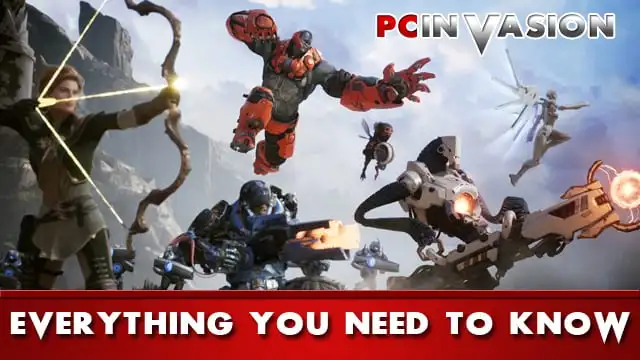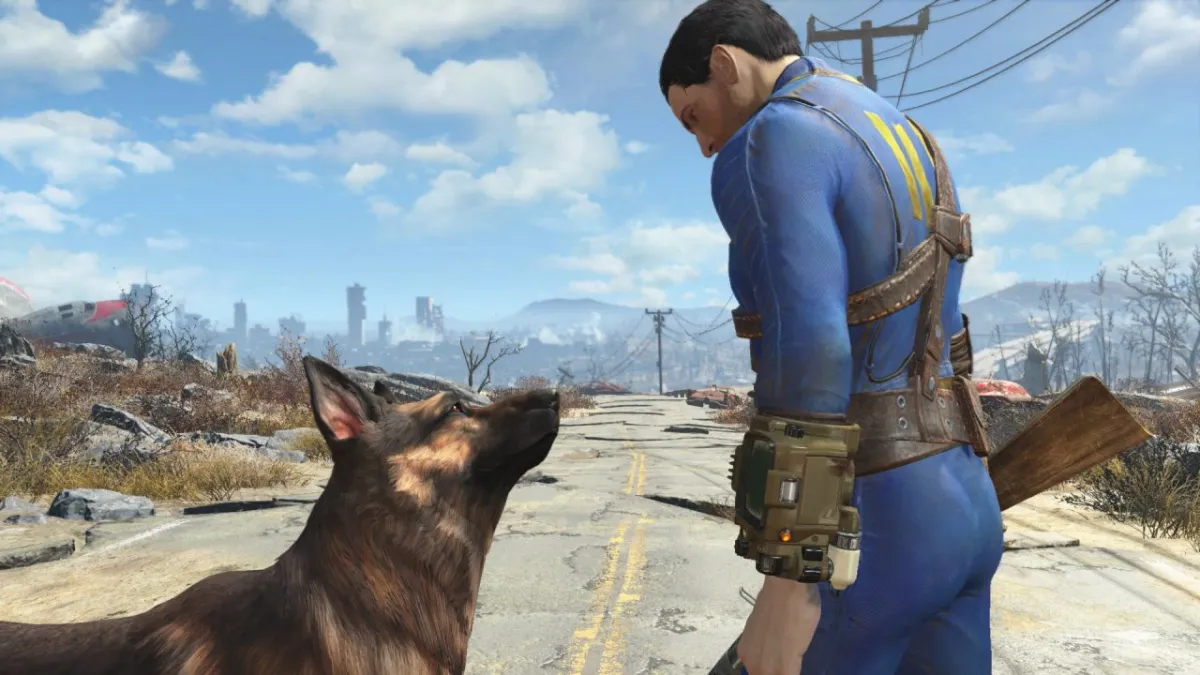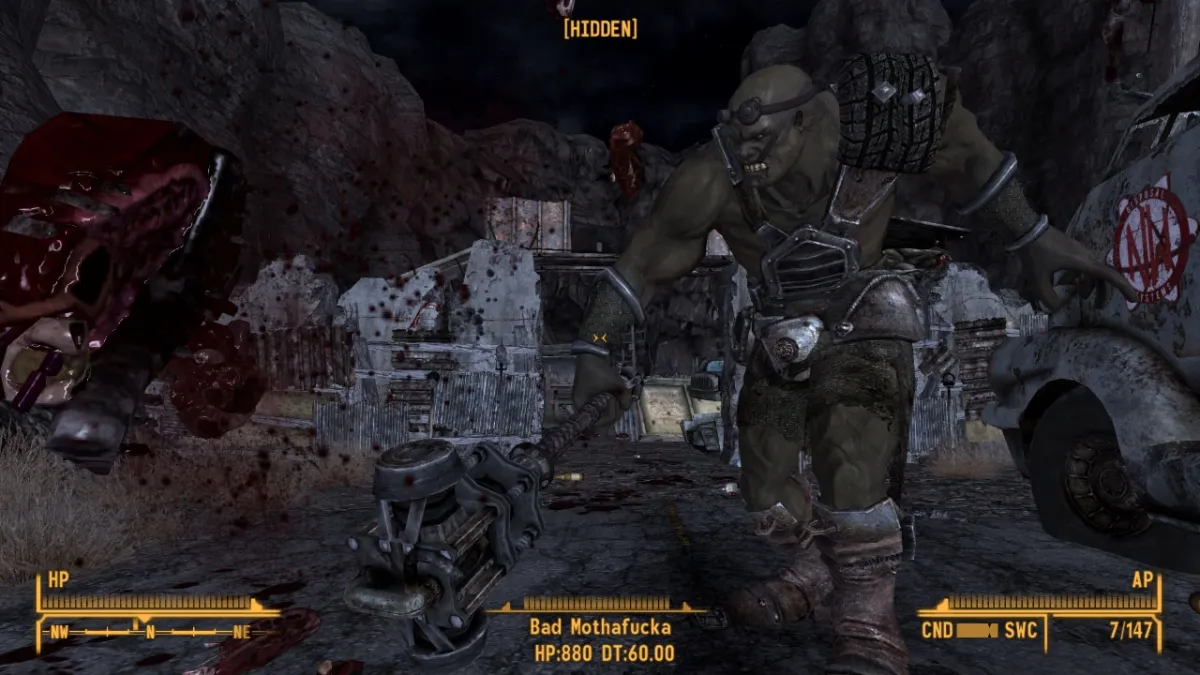I’ve been playing Paragon for quite a while and recently decided it was time to move away from playing ranged casters and try a melee character. Aurora, specifically. Getting in close for combat was not my forte, but in the past couple of months I have come to realise something important about Paragon: the audio.
While I’ve always been aware of some of the audio cues, it’s not until a couple of months ago I noticed how vital they are. Now that I’m getting in closer for combat with a melee character, I’m suddenly a lot more vulnerable to the gank or being surrounded by the enemy team. This is why the audio cues are more important than ever.
Playing as Aurora you have a couple of escape skills which get you out of trouble fast, and if you listen carefully to what’s going on inside your headphones it can save your skin.
All Paragon heroes have some kind of quick visual telegraph when they are about to unleash a skill but more often than not heroes such as Khaimera jump at you from behind or from above. It’s hard to avoid being whacked. However, listen carefully and you can avoid the hit. Most heroes can make an escape if the player is keeping their ears atuned.

Every hero has their own unique audio telegraphs.
In Khaimera’s case there’s an audible grunt as he moves in with a leap. The same goes for Grux; there’s an audible roar prior to a skill being triggered. These are some of the more obvious audio cues, but if you listen carefully most heroes have some kind of giveaway on their more damage heavy skills.
While listening for the audio cues won’t save you every time, when fights heat up, or you’ve overextended in a lane, it can be the difference between life and death.
Epic’s audio team are taking great care when it comes to getting these telegraphs right as Mike Larson, Paragon’s Audio Director explains.
“Probably the most exciting aspect of Paragon’s sound design is the extremely wide range of approaches we use when designing audio for Heroes. In many franchises, the range of character audio can be restrictive, because you’re usually dealing with races of related squads, monsters, robots (or whatever) that share certain audio characteristics.
“Paragon’s Hero roster is extremely diverse, featuring unrelated races coming from different regions in space. We have an overarching audio style guide defining our creative direction and fidelity expectations, but within that lies the opportunity to explore just about any audio approach imaginable. The key is defining an original per Hero ‘hook’ from an audio perspective. Determining what’s unique about each Hero and translating that into an audio approach that highlights those aspects. At times it can be apparent, but more often than not this involves more abstract and creative ideas that require custom techniques in order to accomplish.”
Below are a few quick examples of some of the audio tells to listen out for. These are by no means all of them, but hearing these and taking action could save you, and hopefully you will start listening closely for all the tells. In the videos below we’ve increased the volume on some of these to highlight the telegraph.
Khaimera – He’s a pretty noisy chap when skills are activated. Aurora manages to leap out of the attack in the second clip.
Grux – In this clip Grux is looking for a jungle kill and Serath fails to hear the cue and leap out. She gets away eventually but the audio was there as a giveaway.
Belica – She’s one of the less noisy heroes but she does have a giveaway “huh” noise before she interrupts. It’s short but you can jump out of the way if you hear it before the main thump of the skill.
Morigesh – She’s an extremely annoying hero who can wreck you. Many of her skill sounds are similar but this clip shows one of the more obvious ones as she dashes forward. No escape for Twinblast this time.
Shinbi – She’s a really noisy character and you can hear her practically all the time. This video shows how noisy she is and if you listen carefully and are fast enough you can try and escape. It’s not easy though, as Greystone finds out.
TwinBlast – His AOE attack can be avoided but you have to listen for the pop sound to move out of the way.
Yin – Yin is really noisy and as soon as that whip cracks, be wary. Many of her sounds for skills are similar so just listen for the whip and take action right away.
Serath – Listen for her ultimate screech, it means it’s time to get the hell out of there. As she rises in the air before jumping in there is also an audio telegraph which means you need to get out the way fast.
Iggy & Scorch – Listen for the burst of fire from Iggy. His turrets also make a clicking sound as they are placed.
Howitzer. This guy has quite a few telegraphs. His ultimate is really noisy and you get a visual aid. He also makes a sort of cranking sound prior to launching his R2000 missile.
These examples show the importance of audio and how the development team are attempting to aid players. Paragon is a third-person MOBA so there are plenty of blind spots, and the audio for each hero needs to be distinctive and clear to the player. It’s less of an issue in a top-down MOBA where more space around the hero can be seen by the player.
With new heroes joining the roster every three weeks, the Paragon audio team at Epic have to get creative when thinking about new heroes so players have clear cues to listen out for. These take time and refinement. Mike explained the process.
“After a Heroes version 1.0 audio is implemented, we usually have a three week review period where audio is refined. Of all the ability sounds, telegraphs are definitely the ones people are most likely to comment on or have ideas and suggestions about. Accommodating the team’s recommendations usually involves taking them to the next level by adding more custom layers and making sure they ‘cut through the mix’ as to be prominently heard by those who need to hear them. Occasionally we also go back and refine telegraphs even after a Hero’s shipped based on community feedback. “
It can’t be easy coming up with new sounds for all the skills so we asked Mike what they use to great the audio and these telegraphs.
“Given Paragon’s universe is largely Sci-Fi \ Fantasy in nature we’ve been using a lot of synthesizers and VST instruments instead of the standard electricity \ energy \ sci-fi type sounds from libraries. We want them to have more tonality, which gives them more personality and originality.
“We took the musical synthesizer approach to the extreme with ‘Shinbi’. She’s a female K-pop singer with dance moves and attack wolves. For her we decided the ability + telegraph sounds should be 100% musical, not just musical, but modern K-pop sounds and chords consistent with that genre.
“After some research, these were created from scratch using the Access Virus TI2 hardware synthesizer and Native Instruments Massive VST. Once implemented, they were in the correct musical key, but we found randomly triggering them seemed unpredictable and sounded unintentional. So we manually defined the order in which the chords triggered sequentially, usually in a cascading upwards direction. This worked much better and provided better gameplay feedback in that you could hear the extent of your abilities’ success based on how high pitched the chords reached. On the hits and impacts, instead of using slam\boom\rock type foley sounds, we used drum machine sounds, mostly the Roland TR-808 + TR-909. The circling wolf attack in particular was pretty abstract in the sense we didn’t use a single wolf sound, it ended up being a trancy synth arpeggiation from the Access Virus. This created the feeling more of a dance party than a literal wolf attack.
“Morigesh’s approach on the other hand was at the exact opposite end of the spectrum. She’s an evil priest type who casts creepy spells. For her we didn’t use a single electronic source and instead went with 100% organic acoustic sounds. There are two sources used as layers across the majority of her sounds functioning as a common thread. First was the scraping, plucking and bowing of detuned suspended wires. These were custom patches created with the VST instrument ‘Surface Tension’ which has a very organic primitive sound. The other was a custom set of creepy vocal whispering and throat gagging sounds. These weren’t used as vocal efforts per se, but as layers within the sound design itself. When combined the result was quite unsettling.”
It’s a complex but important process, and while you may not notice many of the telegraphs, they are there to help you. Use the audio as much as the visuals to succeed in Paragon.
Paragon is available now and it’s free to play. For tips on how to play, check our guide.





